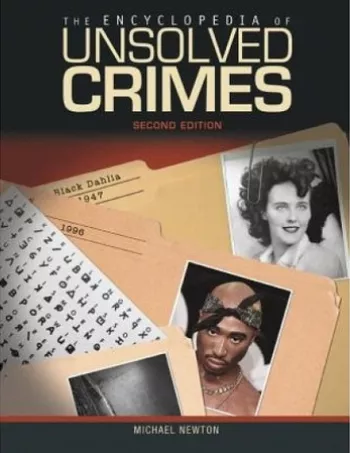Scott MyersVezi magazinul Libris- 2 stele, bazat pe 1 voturi
Part I: The Protagonist's Journey as Narrative Imperative.
- Chapter One: The Protagonist's Journey - Due to their central role, engaging the Protagonist is the most important aspect of the story-crafting process.
- Chapter Two: Character Arc - In movies, there exists a recurring variety of character arcs including the most popular: positive transformation.
- Chapter Three: Disunity - The Protagonist needs to change as reflected in their initial state of disunity.
- Chapter Four: Deconstruction - Entering the New World, a series of challenges and trials deconstructs the Protagonist's old ways of being.
- Chapter Five: Reconstruction - Freed from their old ways of being, the Protagonist is reconstructed by embracing heretofore untapped inner potential.
-Chapter Six: Unity - The Protagonist brings together all they have learned in the story's final struggle and in doing so achieves unity.
- Chapter Seven: The Protagonist's Place Within the Screenplay Universe - The Protagonist's journey interweaves between the External World and the Internal World.
- Part II: The Protagonist's Journey as Family of Characters.
- Chapter Eight: Primary Character Archetypes - Five narrative dynamics common to movies represented by these archetypes: Protagonist, Nemesis, Attractor, Mentor, Trickster.
- Chapter Nine: Nemesis - By providing opposition to the Protagonist, the Nemesis generates sustained conflict which creates the central drama of the story.
- Chapter Ten: Attractor - During their journey, the Protagonist intersects with Attractor characters who connect with the Protagonist's emotional development.
- Chapter Eleven: Mentor - The Protagonist meets another type of ally, the Mentor who provides wisdom and contributes to the Protagonist's intellectual growth.
- Chapter Twelve: Trickster - A shapeshifter tests the will of the Protagonist by switching from ally to enemy, enemy to ally, and generating complications.
- Chapter Thirteen: Subplots - Each Protagonist relationship with key characters is a mini-story with its own arc, theme, and contribution to the overall narrative.
- Chapter Fourteen: Character Map - There is a structure to the Protagonist's relationships with the story's major characters.
- Part III: The Protagonist's Journey as Screenplay.
- Chapter Fifteen: Breaking the Story I - Begin the story-crafting process by engaging the story's central character with a Protagonist Character Treatment.
- Chapter Sixteen: Breaking the Story II - Use a series of brainstorming exercises to explore the story universe and develop its characters.
- Chapter Seventeen: Breaking the Story III - A first pass at wrangling the plot by working with Four Primary Plotline Points.
- Chapter Eighteen: Breaking the Story IV - Track the Protagonist's transformation arc through Four Themeline Movements.
- Chapter Nineteen: Breaking the Story V - Expand the framework of the plot by identifying Ten Major Plotline Points.
- Chapter Twenty: Breaking the Story VI - Construct the final story structure, both Plotline and Themeline into a Narrative Throughline.
- Chapter Twenty-One: Writing the First Draft - Break down the writing process into sets of scenes from one Plotline Point to another all the way through the Denouement.


























































































![Praxis english language arts content knowledge 5038 test prep: praxis 5038 study guide and practice test questions [2nd edition] - test prep books](https://www.libris.ro/img/pozeprod/59/1002/47/25511899.jpg)




